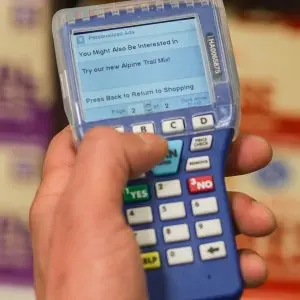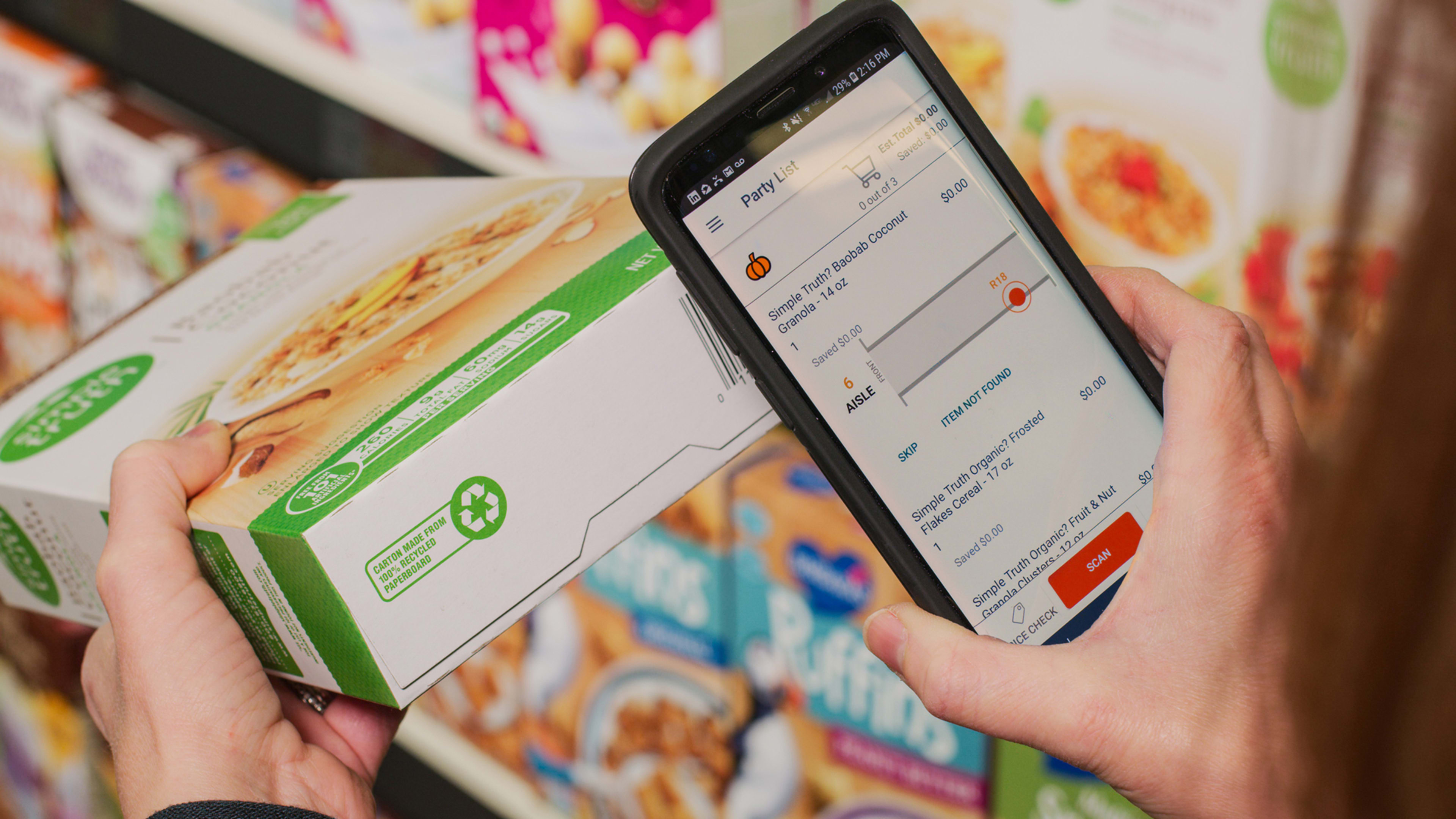Microsoft’s announcement with grocery behemoth Kroger today at first made it look like the software giant intended to challenge rival Amazon in the cashierless grocery shopping game. Not exactly.
Microsoft and Kroger say they will build two high-tech grocery stores–one in Microsoft’s hometown of Redmond, Washington, and another in Monroe, Ohio (a suburb of Cincinnati, where Kroger is headquartered). But both outlets are really showcases for the various ways in which Microsoft’s cloud and AI products can be used by progressive grocers. Unlike Amazon Go, the stores will not be “grab and go”–customers will still have to scan all their items and pay up before they leave the stores.
Amazon got into the grocery store business in 2017 with its acquisition of Whole Foods Markets. The first Amazon Go cashierless store opened for Amazon employees on December 5, 2016, and to the public on January 22, 2018.
According to the announcement, the Microsoft/Kroger stores will feature digital shelving displays with real-time pricing displays and product information.

The digital displays will be placed with special product offers at the ends of aisles. A camera at each display will determine through facial recognition AI the gender and age of the shopper passing by. If the person has not already opted in through the Kroger app, the display will show ads or coupons based only on age and gender and will use no personally identifiable information for targeting, Microsoft says. However, if the shopper has opted in, the displays may do some truly Minority Report-style customization. When the shopper comes into the vicinity of the display, they may see or hear something like, “Hello Mr. Sullivan, would you like to buy some more of the Pepsi you got last weekend?”
As for the shopping experience, people who have Kroger’s Shop, Bag, Go app on their phone can make their shopping list in advance of coming to the store. Then a guided shopping system uses aisle location data to help them take the shortest route possible to get to the items they need. The system keeps a running tally of the prices on the way. If shoppers don’t have the Kroger app, they can use a dedicated Scan, Bag, Go device while they’re in the store. (The device has been available in some stores for a while now, and the reviews aren’t glowing.)
Both the Scan, Bag, Go app and device let you scan your purchases during your journey through the store, then scan a single barcode at the front to initiate payment. It’s an improvement on being stuck in an interminable checkout line, but doesn’t match the wizardry of Amazon Go, which just lets you pluck items from shelves and leave the store without tallying up your purchases at all. That’s possible because Amazon’s stores use cameras—lots and lots of them—to follow every shopper and detect items as they’re removed. Microsoft is using computer vision only to identify users for advertising purposes. The system doesn’t know when a user physically removes an item from the shelf.
The stores will likely be filled with cameras and sensors–as Amazon’s cashierless stores are–with the data from those processed in the cloud using tools within Microsoft’s Azure cloud infrastructure. Microsoft and Kroger say they will develop the store technology together, then market it to other food retailers.
Recognize your brand’s excellence by applying to this year’s Brands That Matter Awards before the early-rate deadline, May 3.
